NVIDIA urges ECC activation to mitigate GPUHammer, a RowHammer exploit threatening AI accuracy and data integrity on GPUs.


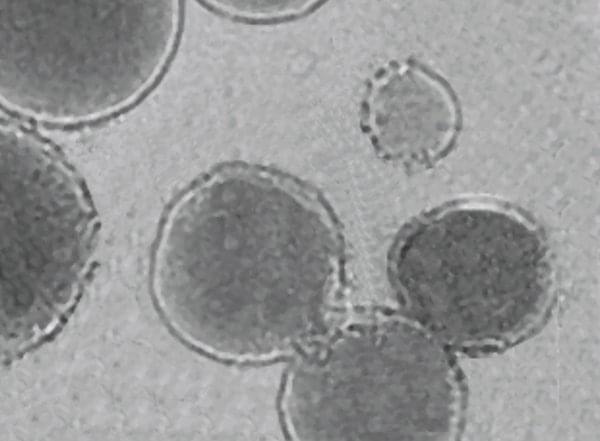
Imagine if doctors could precisely print miniature capsules capable of delivering cells needed for tissue repair exactly where they are needed inside a beating heart. A team of scientists led by Caltech has taken a significant step toward that ultimate goal, having developed a method for 3D printing polymers at specific locations deep within living animals. The technique relies on sound for localization and has already been used to print polymer capsules for selective drug delivery as well as glue-like polymers to seal internal wounds.
(Someone already probably posted this. This is jus from Caltech)
When the team used the DISP platform to print polymers loaded with doxorubicin, a chemotherapeutic drug, near a bladder tumor in mice, they found substantially more tumor cell death for several days as compared to animals that received the drug through direct injection of drug solutions.
“We have already shown in a small animal that we can print drug-loaded hydrogels for tumor treatment,” Gao says. “Our next stage is to try to print in a larger animal model, and hopefully, in the near future, we can evaluate this in humans.”
The team also believes that machine learning can enhance the DISP platform’s ability to precisely locate and apply focused ultrasound. “In the future, with the help of AI, we would like to be able to autonomously trigger high-precision printing within a moving organ such as a beating heart,” Gao says.


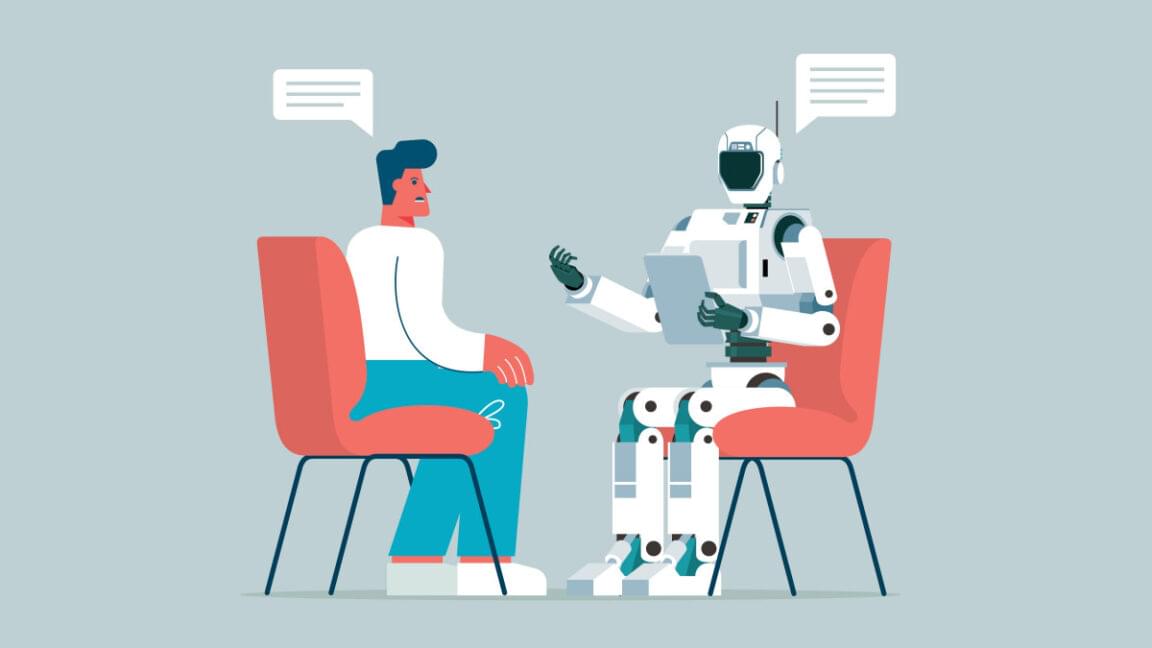
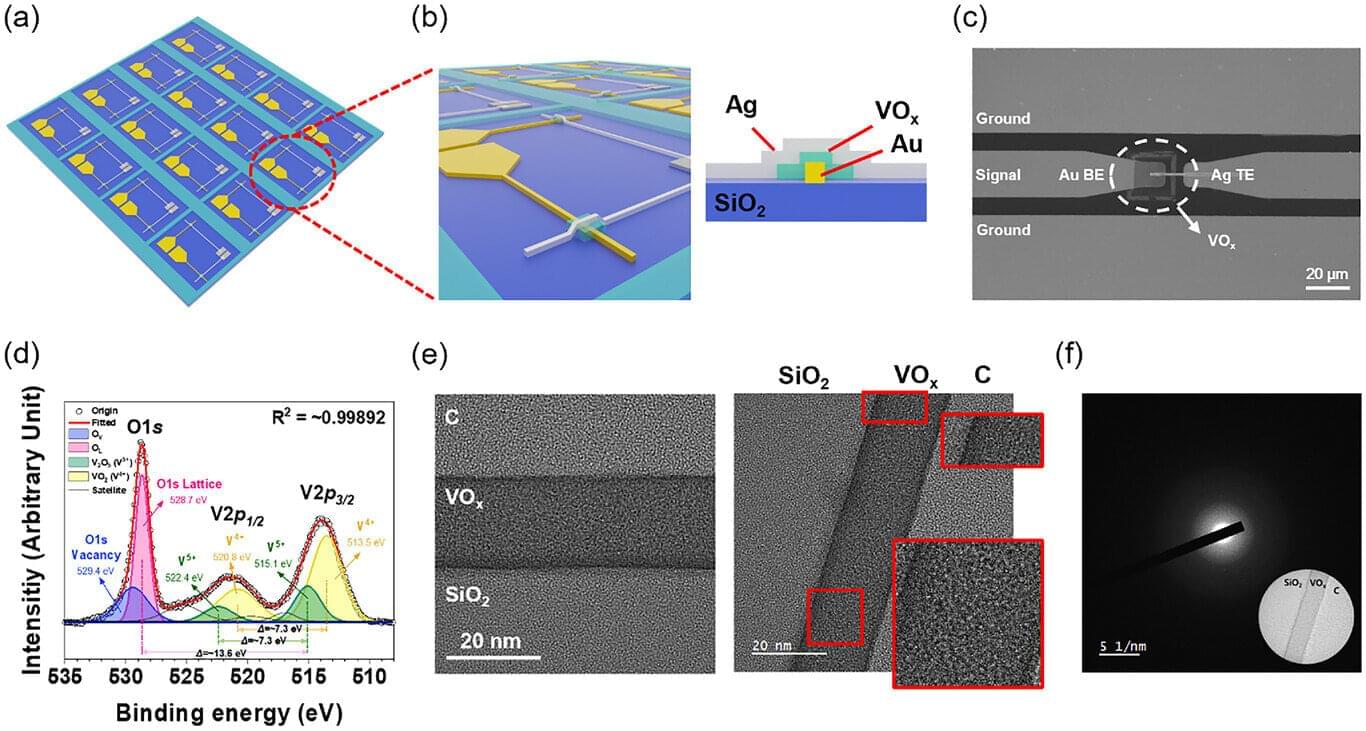
A research team affiliated with UNIST has unveiled a new semiconductor device optimized for the next-generation 6G era and autonomous driving, offering low power consumption and nonvolatile operation. This innovative device can also be integrated into variable filter circuits capable of tuning the central frequency band, paving the way for more compact and energy-efficient communication equipment.
Jointly led by Professor Myungsoo Kim of the Department of Electrical Engineering and Professor Tae-Sik Yoon of the Graduate School of Semiconductor Materials and Devices Engineering at UNIST, the team announced the development of nonvolatile radio-frequency (RF) switches based on vanadium oxide (VOx) for next-generation wireless communication systems. The paper is published in Advanced Science.
RF switches are essential semiconductor components in modern wireless communication systems, such as autonomous systems, smartphones, VR, and AR. They control the flow of high-frequency signals within circuits by connecting or disconnecting specific pathways, enabling reliable signal routing.
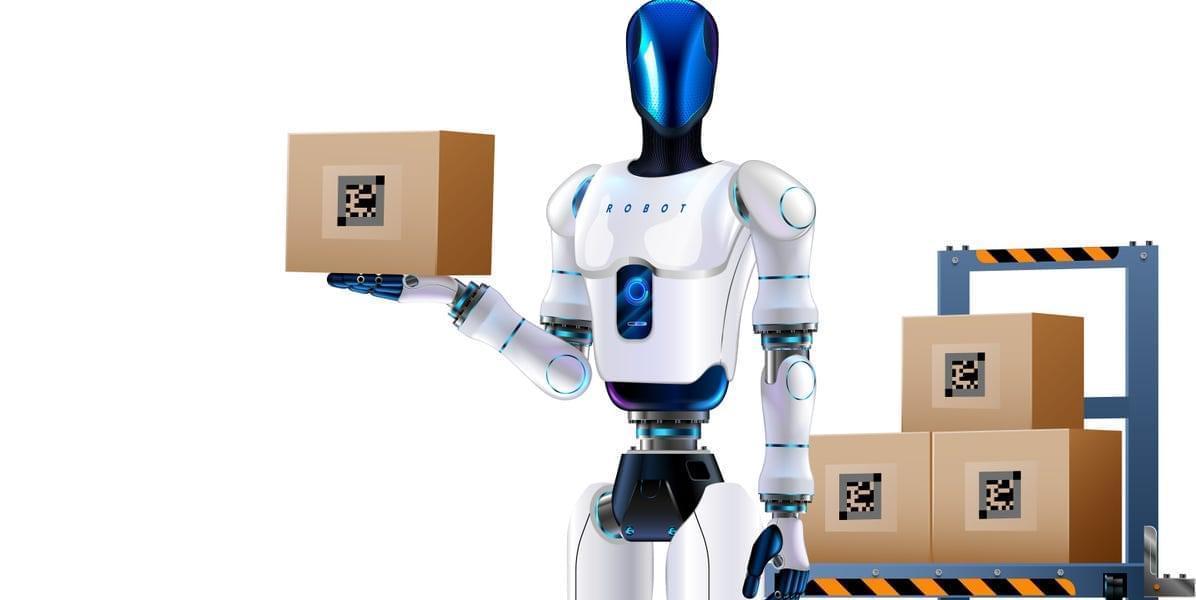
Other major players in the humanoid robot space include Tesla, which has Optimus, a 5-foot-8 humanoid robot that can dance, clean, and take out the trash. The company is working to deploy its first fleet in its factories by the year’s end. Boston Dynamics has Atlas, which can run, crawl, break dance, and do cartwheels. Agility Robotics has Digit, which Amazon once tested in its warehouses, though the e-commerce giant now uses its own set of in-house, non-humanoid robots designed by Amazon Robotics.
Many of these humanoid machines move with fluidity, exhibiting a suite of motor skills that allow them to augment the human labor force. Figure says its mission is to “develop general-purpose humanoids that make a positive impact on humanity and create a better life for future generations,” especially ones that can “eliminate the need for unsafe and undesirable jobs — ultimately allowing us to live happier, more purposeful lives.”
The company already has robots mingling with humans at its offices, asking employees if they want water or coffee, or simply patrolling the premises, he said. So, it’s not hard to imagine a time when “you’ll see as many humanoid robots as you see humans,” he said. “It’s literally going to feel like a sci-fi movie.”
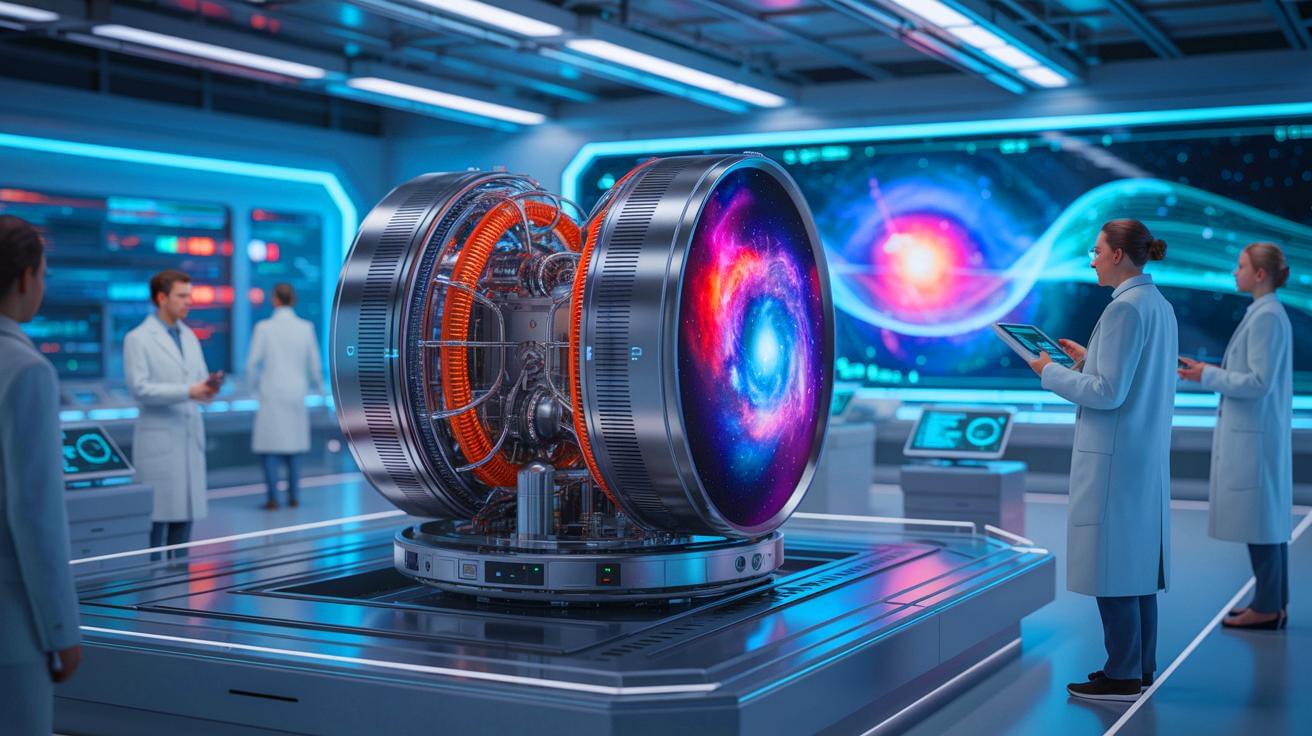
IN A NUTSHELL 🚀 Researchers have developed an AI program named Urania that designs more effective gravitational wave detectors. 🌌 These new detectors could significantly enhance our ability to observe distant cosmic events, including black hole mergers and early universe phenomena. 🔍 The AI-designed detectors cover a wider frequency range, potentially increasing the universe’s observable
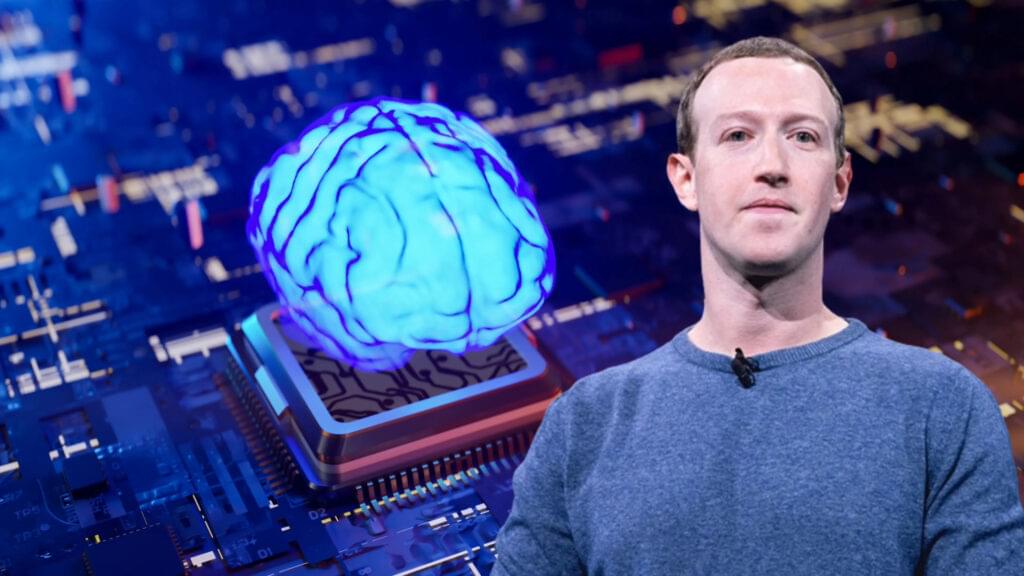
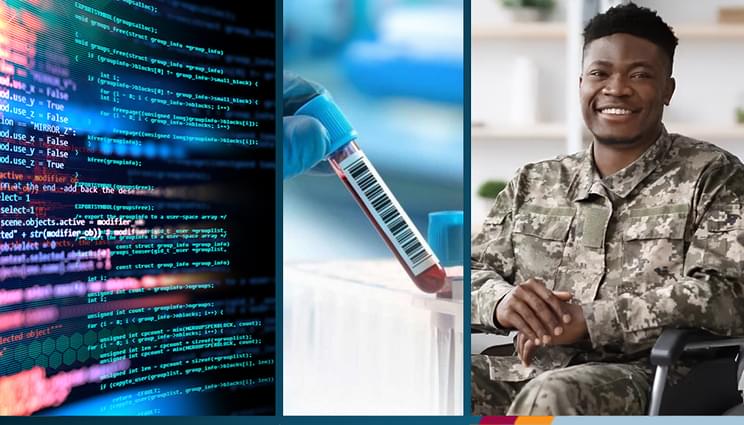
Potential treatments for amyotrophic lateral sclerosis (ALS) and other neurodegenerative diseases may already be out there in the form of drugs prescribed for other conditions. A team of researchers from Lawrence Livermore National Laboratory (LLNL), Stanford University and the University of California, Los Angeles (UCLA) are using artificial intelligence and machine learning (AI/ML) to try to find them.
Clinical trials for new drugs can take up to 5–7 years, so repurposing existing drugs is one of the best ways to deliver treatments quickly. AI/ML can make it even faster. By analyzing long-term electronic health records (EHRs) of patients with ALS, the team can identify drugs — or combinations of drugs — prescribed for other conditions that may influence the progression of the disease. The drugs’ “off-target” effects may not only affect patient survival but also provide insight into how neurodegenerative diseases work and inform better therapies.
“If you talk to any ALS caregiver, you will be moved because the disease has such a grim prognosis, so being able to do something is tremendously motivating,” said Priyadip Ray, a staff scientist in LLNL’s Computational Engineering Division (CED) who leads the effort.